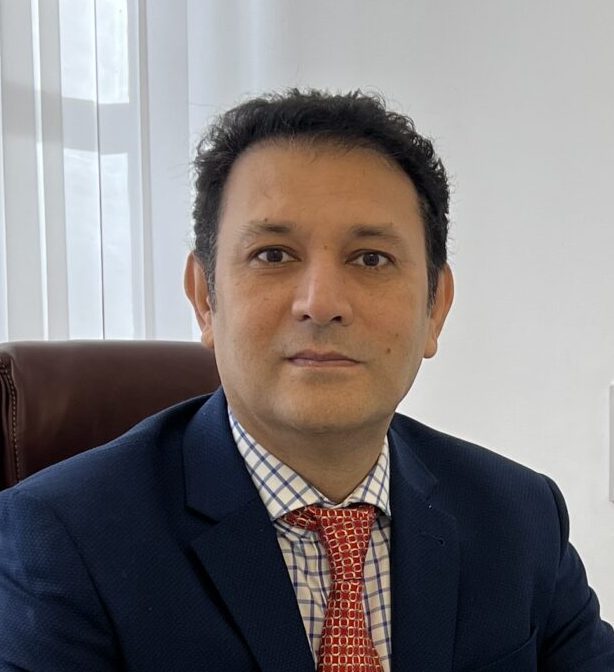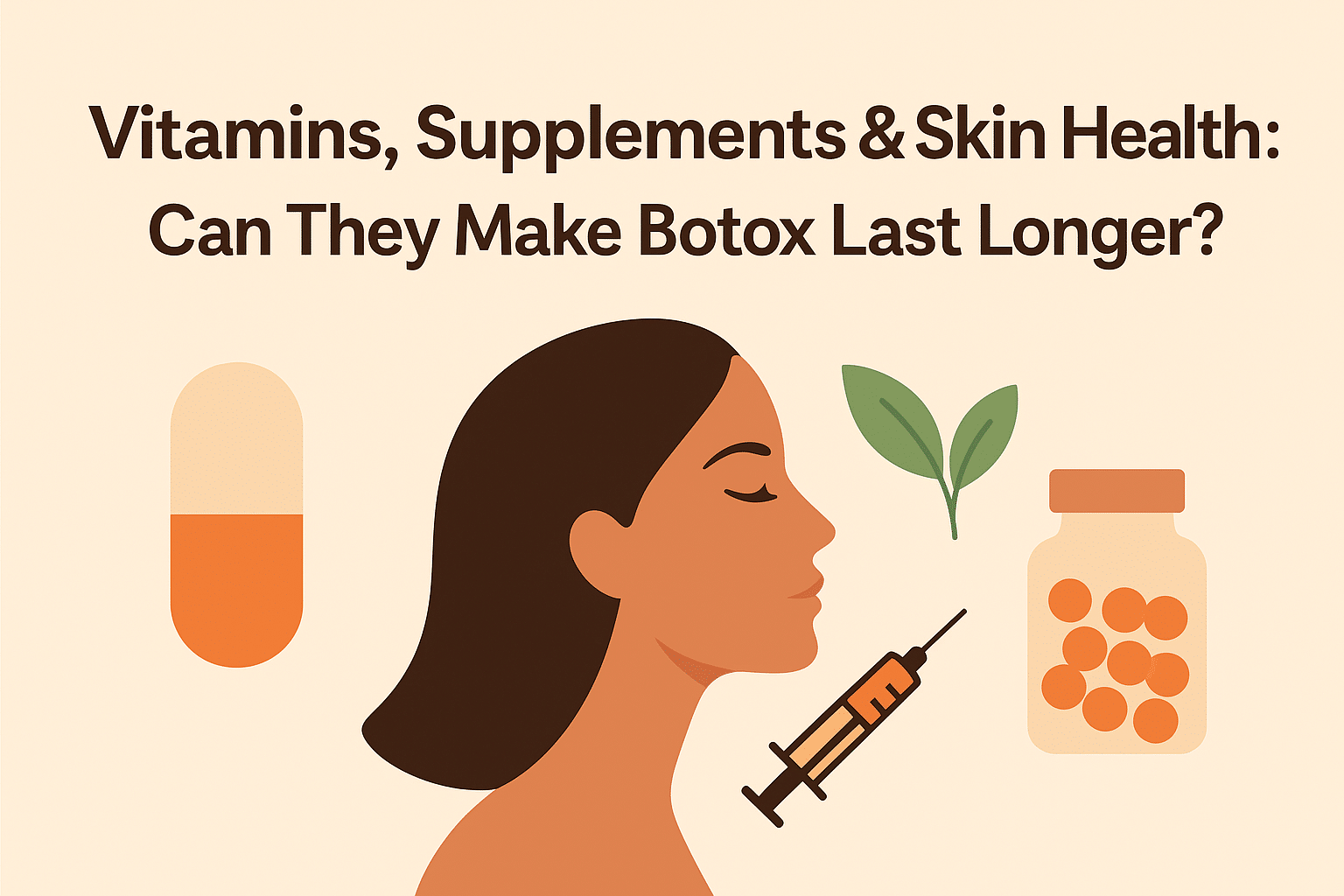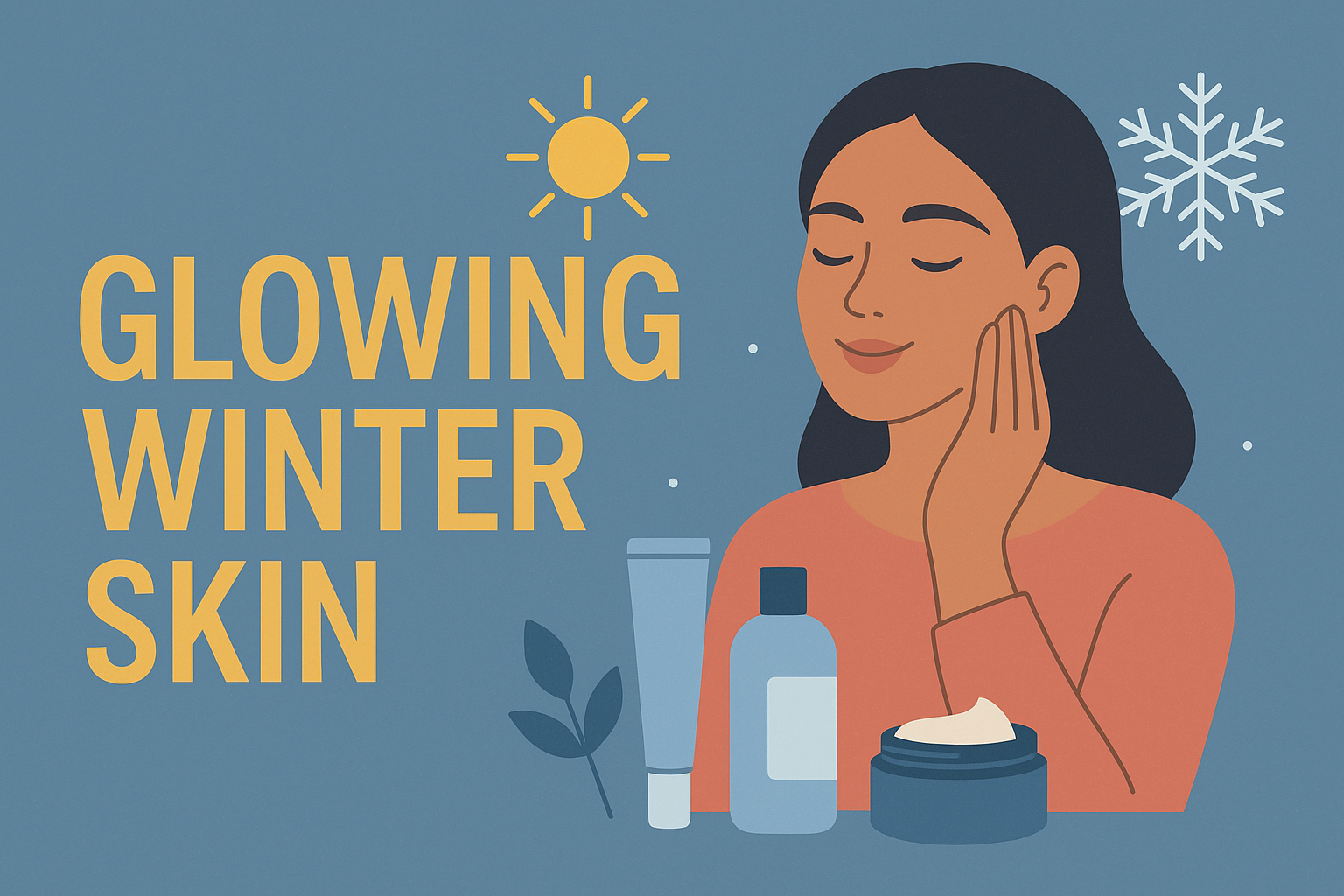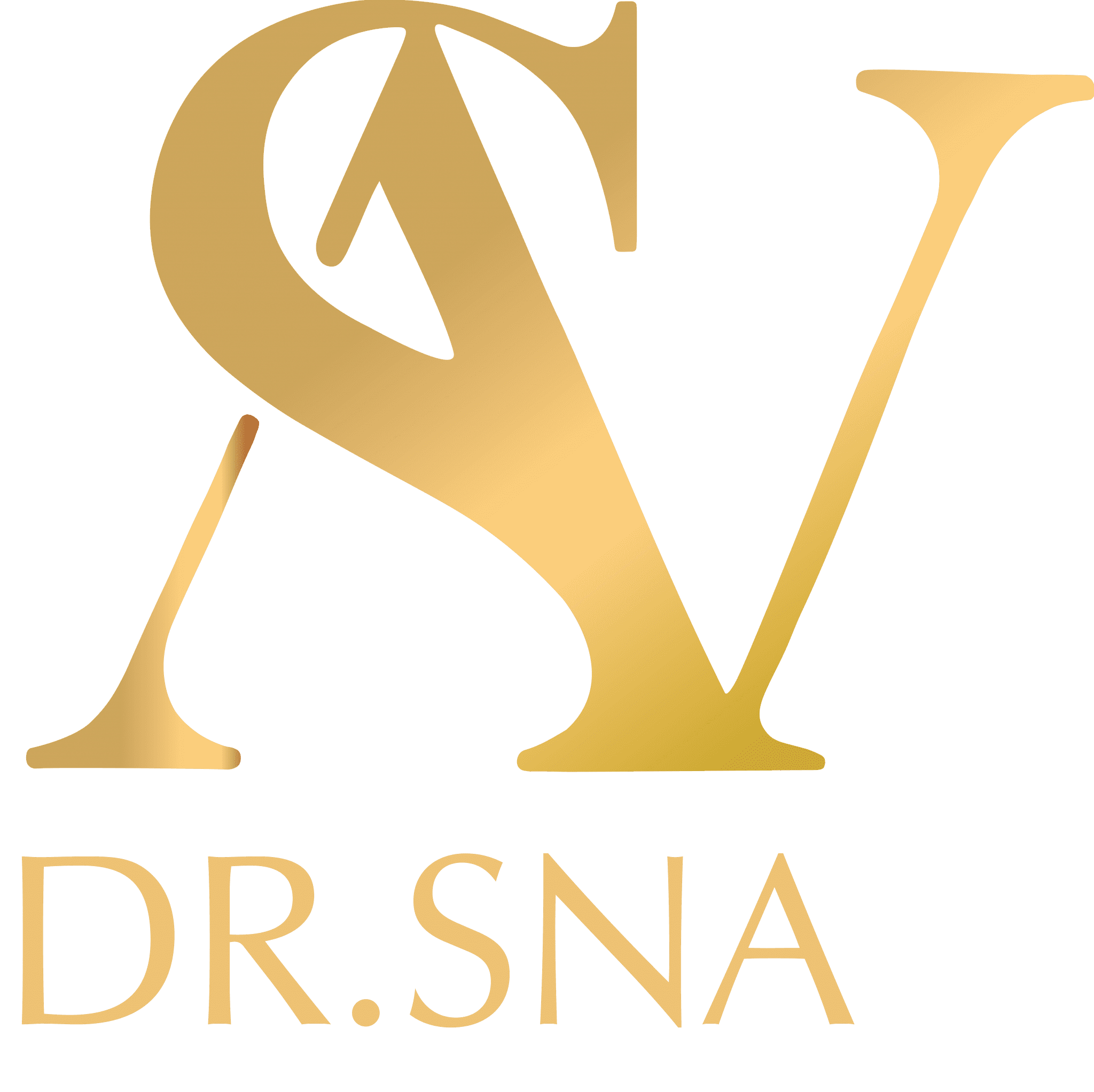Have you ever wished your body could heal faster naturally—without surgery or heavy medications? As a medical professional, I often talk to patients about Platelet-Rich Plasma (PRP) therapy, a treatment that uses your own blood to stimulate healing, reduce pain, and even rejuvenate your skin or hair.
In this post, I’ll explain PRP therapy in plain language, highlight scientific evidence, and guide you on whether it might be right for you.
What Is PRP Therapy?
PRP stands for Platelet-Rich Plasma. Plasma is the liquid part of your blood, and platelets are
cell fragments packed with growth factors that trigger tissue repair and regeneration.
In PRP therapy, we concentrate your platelets 3–8 times above normal levels and inject them directly into injured or aging tissue. This provides a natural boost to your body’s healing process.
How PRP Works: The Science in Simple Terms
PRP delivers a “healing superdose” to tissues that struggle to repair on their own. Here’s how
it works:
| Healing Phase | PRP’s Role |
| Inflammation | Kick-starts the healing process with controlled inflammation. |
| Proliferation | Stimulates cell growth and collagen synthesis. |
| Remodeling | Strengthens tissue structure and restores function. |
By amplifying the body’s natural repair signals, PRP helps tissues heal faster and stronger.
The PRP Procedure: What to Expect
PRP therapy is quick, usually under an hour:
- Blood Draw – A routine blood sample is collected.
- Centrifugation – Platelets are concentrated using a centrifuge.
- Injection – The PRP is injected into the target area, often with ultrasound guidance forprecision.
Patients may experience mild soreness or swelling for a day or two—this is normal and signals the healing process is active.
Clinical Applications of PRP
1. Orthopedic & Sports Medicine
PRP helps with tendon, ligament, and joint injuries, including tennis elbow, rotator cuff tears, and osteoarthritis. Studies show PRP can reduce pain and improve function.
2. Hair Restoration
PRP can stimulate hair growth in androgenetic alopecia or thinning hair, increasing both
thickness and density.
3. Cosmetic & Skin Rejuvenation
PRP facials, also called “vampire facials,” improve skin texture, tone, and elasticity by
boosting collagen. Results are subtle but noticeable.
Benefits of PRP Therapy
| Benefit | Why It Matters |
| Natural & Drug-Free | Uses your own blood; minimal risk of allergic reaction. |
| Faster Healing | Growth factors stimulate repair and recovery. |
| Low Risk | Autologous treatment reduces complications. |
| Minimally Invasive | Only a blood draw and injection required. |
| Versatile | Treats joint pain, tendon injuries, hair loss, and skin aging. |
Considerations Before PRP
While PRP is safe, it’s important to manage expectations:
- Variable results: Effectiveness depends on condition, age, and preparation method.
- Cost: Often not covered by insurance; multiple sessions may be required.
- Temporary discomfort: Mild swelling or soreness is common.
PRP works best as part of a comprehensive treatment plan, often alongside physical therapy or lifestyle adjustments.
Is PRP Right for You?
PRP therapy represents regenerative medicine in action, helping your body heal itself naturally. Whether you’re dealing with chronic joint pain, recovering from an injury, or looking for hair or skin rejuvenation, PRP may be a safe and effective option.
At Dr SNA Clinic, we provide personalized PRP consultations. Our specialists assess your condition, discuss the procedure, and determine if PRP is suitable for you.
Ready to explore PRP therapy?








